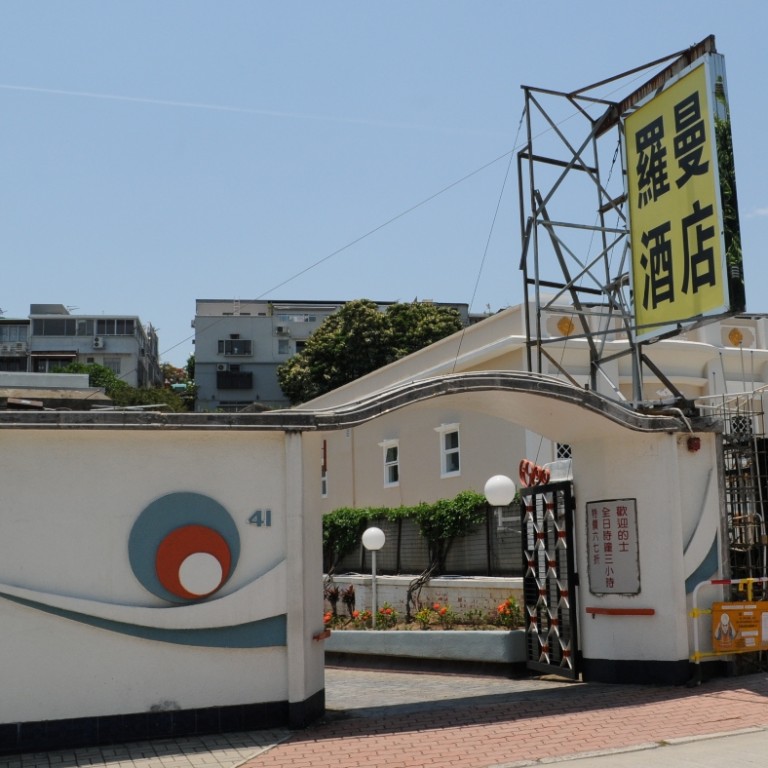
Philanthropist tycoon Yu Pang-lin, 92, dies in Shenzhen
Yu Pang-lin, who owned Bruce Lee's home, rose from toilet cleaner to billionaire
Yu Pang-lin
1923-2015
High-profile billionaire philanthropist Yu Pang-lin, owner of the former home of legendary martial-arts master Bruce Lee, has died. He was 92.
Yu died of an undisclosed illness in Shenzhen on Saturday, according to a post on the official microblog of the Hunan Communist Youth League yesterday.
Yu, also known as Peng Lishan, was born to a middle-class family in 1923 in Lianyuan, Hunan province .
He was the chairman of Foo Tak Development Company and the president of Yu's Charitable Foundation.
Educated on the mainland, he worked as reporter in Shanghai. He moved to Hong Kong in 1958 and subsequently made himself a legend by rising from his start as a toilet-cleaning boy to a prominent tycoon.
He shared the secret of his success in a 1988 interview with mainland media: "Although it was a low-status job, even when cleaning a toilet, I would strive to be the one who could make it the cleanest."
Yu was also the chairman of Shenzhen Panglin Hotel.
A notable philanthropist, he topped the 2006 Hurun Chinese Philanthropist List - a type of Chinese list of fortune - with a donation of 2 billion yuan (HK$2.5 billion), and was named as one of the world's top 14 philanthropists by magazine in 2007, together with Hong Kong property tycoon Li Ka-shing.
In 2010, Yu declared that he would give all his property, valued at more than HK$9.3 billion, to charities after his death.
He once said: "I would like to offer help to other people rather than let other people help me. I like to offer help directly to those in need …
"Doing philanthropic work is the secret of my longevity," Yu revealed.
In Hong Kong, Yu was known as the owner of the last home of Bruce Lee, which he had planned to convert into a museum of the kung fu master.
He had plans in 2008 to sell the Kowloon Tong house and other properties to raise funds for Sichuan earthquake victims, but he decided not to go ahead with the sale after receiving pleas to preserve the property, which he had bought in the early 1970s for about HK$1 million.
He later proposed to increase the floor space of the building to 30,000 sq ft to turn it into a museum complex that would include a cinema, library and martial-arts centre. But his plan was rejected by the government.

